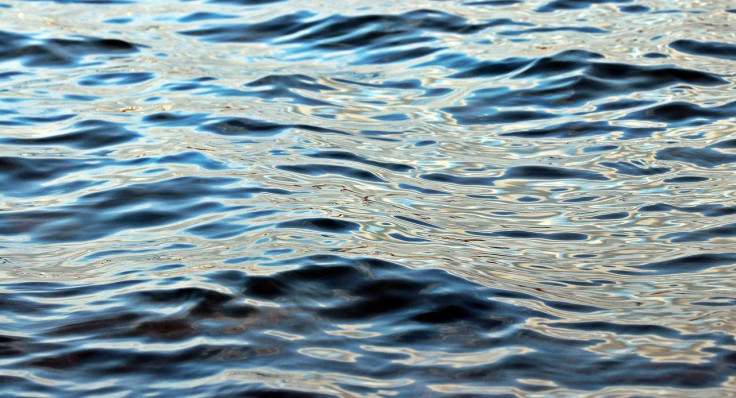Teen's Drowning Is Fourth Death In Georgia's Lake Lanier This July
KEY POINTS
- A teenager swimming at Georgia's Lake Lanier died last week
- It was the fourth drowning death at the lake this July
- In the U.S., drowning is among the top causes of unintentional injury deaths
A teenager's death in a swimming accident is the fourth such incident in Georgia's Lake Lanier this month. In the United States, drowning is among the top causes of unintentional deaths.
Cristopher Acosta-Farias, from Gainesville, Ga., was swimming in Lake Lanier last Friday, July 24, when he disappeared from view and did not resurface. According to The Gainesville Times, the 17-year-old's body was found at approximately 27 feet deep about an hour after authorities responded to the call regarding the incident.
Acosta-Farias's was the fourth drowning death at Lake Lanier this month, two of which occurred during the Fourth of July weekend. The first one was of a 59-year-old man who did not resurface after jumping from a moving boat on July 3, followed by the July 4 drowning of a 45-year-old man from Texas and the death of a 28-year-old man whose body was recovered on July 14 after several days of searching.
The incidents at Lake Lanier are reminiscent of the recent death of Glee actress Naya Rivera in California's Lake Piru. Just like Lake Piru, Lake Lanier was also formed in the 1950s after the construction of dams in the area and, both lakes also have maximum depths of over 40 meters.
In the United States, drowning ranks fifth among the leading causes of unintentional injury deaths. There was an average of 3,536 fatal unintentional drownings in the United States annually from 2005 to 2014, the Centers for Disease Control and Prevention (CDC) says.
Of the drowning victims, one in five are children below 14 years old and even those who survive the drownings are still at risk of experiencing severe brain damage that can cause long-term problems such as memory issues, permanent vegetative state and learning disabilities.
Such drowning incidents can happen even at home. Even bathtubs, buckets and toilets can pose serious drowning danger for very young children.
The National Safety Council (NSC) is urging parents to always be aware, especially when children are in the presence of water. This includes never leaving a child alone, never letting children play close to drains and checking the water first if a child goes missing. Learning CPR and taking the children for swimming lessons are also advisable.
For older teens and adults, some important swimming safety tips to remember include only going into the water if one knows how to swim, not swimming alone, not drinking alcohol when swimming and not to dive in unfamiliar areas.
"Make sure the body of water matches your skill level; swimming in a pool is much different than swimming in a lake or river, where more strength is needed to handle currents," NSC notes in its water safety guidelines.

© Copyright IBTimes 2024. All rights reserved.






















